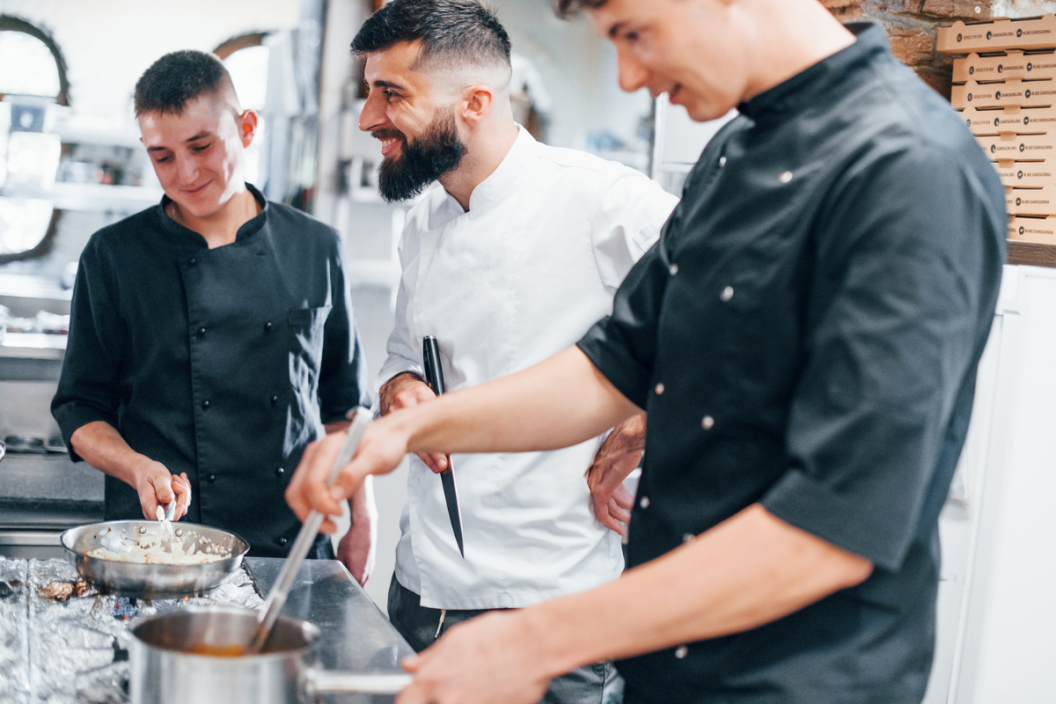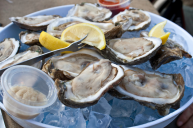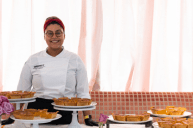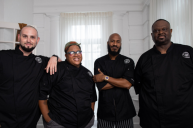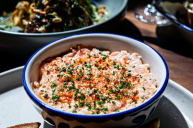During Pride Month, many restaurants show their support for LGBTQ+ people by flying a Pride Flag outside their building, changing their logo to a rainbow, or hosting LGBTQ+ inclusive events like drag brunches and benefit nights. It's important, though, for restaurants to move toward including LGBTQ+ people all year long — and ensuring that they are safe spaces for customers even when it's not June. In the Southern U.S., it can be even harder for people in the LGBTQ+ community to identify inclusive places to eat.
Videos by Wide Open Country
For example, Charleston, South Carolina's eateries are well-known, and not just by locals. The Southern city's booming tourism industry sees over 7 million visitors to the area every year. The busiest area for tourists and locals alike is downtown's King Street, where many of the most well-known dining spots are located. This area, however, has not been known to be publicly LGBTQ+ friendly, unlike the City of North Charleston's Park Circle Pride in the Park Circle neighborhood.
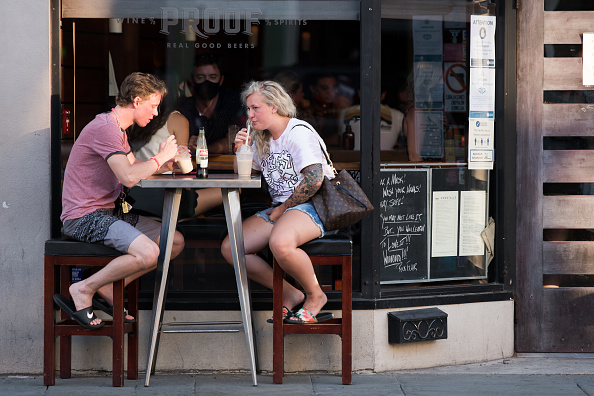
(Photo by Sean Rayford/Getty Images)
Charleston Pride often plans events and partners with businesses downtown for Pride Parade and Pride Week events, but eateries can still make efforts toward inclusivity year round.
Philip Raus, an LGBTQ+ chef in Charleston, SC, knows that the food and beverage industry can make great strides toward inclusivity.
"I don't think there's enough restaurants seeking out what they can do to not only help the community as a whole, but also offer up their services for charity events or catering," said Raus.
When restaurants and other businesses get involved, it makes a statement to the community that they are actively working toward LGBTQ+ inclusivity — and this isn't just important in the Southern U.S. Even areas well-known to be inclusive to the LGBTQ+ community should make sure they are taking steps to make it known they are a safe space.
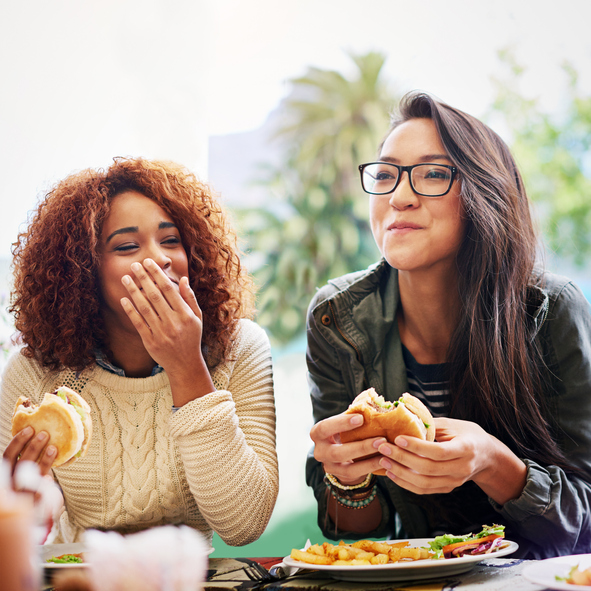
Another LGBTQ+ chef, Colorado-based Zoey Guignardi, suggested that more restaurants should consider marking themselves as safe zones or rewrite store policies to reflect inclusivity.
"Especially during Pride — now's a very important month — so many restaurants capitalize off of the month," Guignardi said. "Are they donating this month or throughout the year to LGBTQ+ focused communities? Did they go against the LGBTQ+ community?"
Asking these questions helps engage restaurants and other small businesses in public displays of support, but it's also important to remember that inclusivity starts in the kitchen with staffing and store policies.
"Asking pronouns — I don't think that's done enough, especially at the beginning job interviews," Guignardi said.
While it may seem small, confirming pronouns and calling someone by the correct name are huge leaps for inclusivity in the kitchen — and beyond.
Even though there is still work to do, aspiring LGBTQ+ chefs should be wary of stepping foot into the industry.
"When working in a kitchen, you get to know your colleagues quite intimately quite quickly," said LGBTQ+ chef Natasha Rapkin. "Once I realized [my kitchen] was a safe space for me to be honest about who I was, I felt a lot more comfortable and confident at work."
For many LGBTQ+ chefs and restaurant staff, "coming out" is just part of the close bonds they form with their co-workers. Many LGBTQ+ people also know that not everyone will be inclusive of who they are.
"You have to have a thicker skin than those who are engaging in ad hominem attacks...Whether you identify as female or whether you are a person in within the queer community, they're going to find someone to pick on," said Raus. "In the restaurant industry itself, you already have to have a thick skin."
Raus's advice about having a "thick skin" is a shared sentiment among Rapkin and Guignardi. It's important, though, for LGBTQ+ chefs to know when to walk away from a dangerous environment.
"You don't have to be in spaces that make you uncomfortable," said Guignardi. "There's plenty of spaces out there that are accepting...So don't limit yourself. Standing up for what you believe is always the best."
Strategizing the job search can also be helpful for aspiring LGBTQ+ chefs. "I would advise to shop around a bit, do a trial shift here and there and see how you feel when you're there," said Rapkin.
When businesses in the food and beverage industry see more LGBTQ+ back-of-house (and front-of-house) staff in their restaurant, we all benefit.
Rainbow logos or a pride flag during Pride Month don't necessarily mean that a restaurant is inclusive of LGBTQ+ people. As Raus, Guignardi, and Rapkin described, look beyond the front doors. LGBTQ+ inclusivity in restaurants begins in the kitchen.
